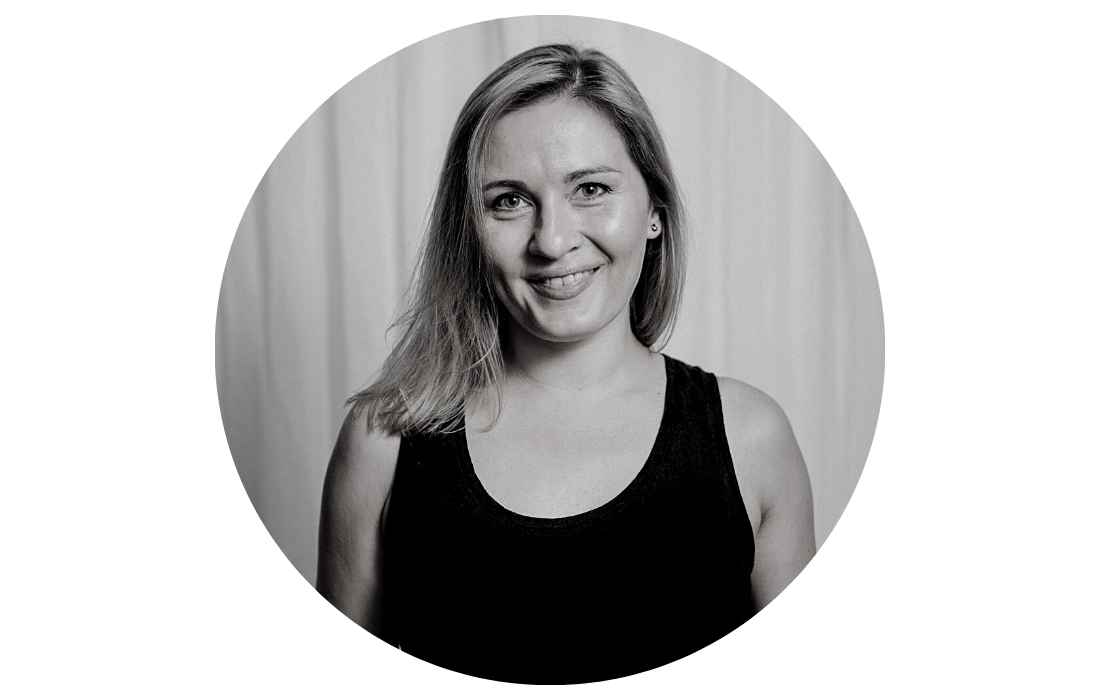Cervical Stenosis Physiotherapy Brisbane southside.
What is Cervical Stenosis?
Cervical stenosis is a medical condition characterised by the narrowing of the spinal canal in the cervical spine, which is the region of the neck. This narrowing can put pressure on the spinal cord and nerve roots, leading to a range of symptoms.
What causes Cervical Stenosis?
Cervical stenosis can result from various factors, including:
What are the symptoms for Cervical Stenosis?
The symptoms of cervical stenosis can vary in severity but often include:
How is Cervical Stenosis diagnosed?
Diagnosis typically involves a combination of:
What is the treatment for Cervical Stenosis?
Treatment options for cervical stenosis may include:
What is the prognosis for Cervical Stenosis?
The prognosis for cervical stenosis varies depending on the severity of the condition, the effectiveness of treatment, and individual factors. Many people experience significant relief with appropriate management, while others may have persistent symptoms.
How is Cervical Stenosis prevented?
While cervical stenosis related to aging is not preventable, individuals can take steps to reduce the risk of injury to the neck and spine, such as practicing good posture, avoiding heavy lifting without proper technique, and using protective gear during activities that carry a risk of injury.
How can physiotherapy help with Cervical Stenosis?
Physiotherapy can play a significant role in the management of cervical stenosis by addressing pain, improving mobility, and enhancing overall neck health. The goals of physiotherapy in treating cervical stenosis are to reduce symptoms, increase strength and flexibility, improve posture, and prevent further deterioration. Here's how physiotherapy can help with cervical stenosis:
The specific approach to physiotherapy for cervical stenosis may vary depending on the individual's symptoms, the severity of the condition, and the stage of recovery. It is important for individuals with cervical stenosis to consult with a healthcare provider, such as a physiotherapist, for a thorough evaluation and personalised treatment plan. Early intervention and adherence to recommended exercises and lifestyle modifications can significantly improve outcomes for those with cervical stenosis.
If you or a loved one has questions about Cervical Stenosis and how our physiotherapists might be able to help please call us on 07 3706 3407 or email [email protected]. We would love to work with you!
Cervical stenosis is a medical condition characterised by the narrowing of the spinal canal in the cervical spine, which is the region of the neck. This narrowing can put pressure on the spinal cord and nerve roots, leading to a range of symptoms.
What causes Cervical Stenosis?
Cervical stenosis can result from various factors, including:
- Age-related changes: As people age, the spinal canal may naturally narrow due to the development of bone spurs and thickening of ligaments.
- Herniated discs: Discs in the cervical spine may herniate or bulge, encroaching on the spinal canal.
- Degenerative changes: Arthritis or degenerative disc disease can lead to the breakdown of spinal discs and facet joints, contributing to stenosis.
- Congenital factors: Some individuals may have a narrower spinal canal from birth, making them more susceptible to stenosis.
What are the symptoms for Cervical Stenosis?
The symptoms of cervical stenosis can vary in severity but often include:
- Neck pain and stiffness.
- Radiating pain, tingling, or numbness in the shoulders, arms, and hands.
- Muscle weakness in the upper extremities.
- Coordination and balance problems.
- Difficulty walking or clumsiness.
- Changes in bowel or bladder function (in severe cases).
How is Cervical Stenosis diagnosed?
Diagnosis typically involves a combination of:
- Medical history: Including a description of symptoms and any relevant injuries.
- Physical examination: To assess muscle strength, reflexes, and coordination.
- Imaging studies: Such as X-rays, magnetic resonance imaging (MRI), or computed tomography (CT) scans to visualise the spine and confirm the presence and extent of cervical stenosis.
What is the treatment for Cervical Stenosis?
Treatment options for cervical stenosis may include:
- Conservative treatment: This often includes rest, physical therapy, and pain management with medications such as non-steroidal anti-inflammatory drugs (NSAIDs) or muscle relaxants.
- Physical therapy: To improve neck and core muscle strength, enhance posture, and maintain range of motion.
- Epidural steroid injections: These may be used to reduce inflammation and relieve pain.
- Surgical intervention: In severe cases or when conservative measures are ineffective, surgery may be considered to decompress the spinal cord and nerve roots.
What is the prognosis for Cervical Stenosis?
The prognosis for cervical stenosis varies depending on the severity of the condition, the effectiveness of treatment, and individual factors. Many people experience significant relief with appropriate management, while others may have persistent symptoms.
How is Cervical Stenosis prevented?
While cervical stenosis related to aging is not preventable, individuals can take steps to reduce the risk of injury to the neck and spine, such as practicing good posture, avoiding heavy lifting without proper technique, and using protective gear during activities that carry a risk of injury.
How can physiotherapy help with Cervical Stenosis?
Physiotherapy can play a significant role in the management of cervical stenosis by addressing pain, improving mobility, and enhancing overall neck health. The goals of physiotherapy in treating cervical stenosis are to reduce symptoms, increase strength and flexibility, improve posture, and prevent further deterioration. Here's how physiotherapy can help with cervical stenosis:
- Pain Management: Physiotherapists can use various techniques to help alleviate pain and discomfort associated with cervical stenosis. These may include heat or cold therapy, electrical stimulation, and manual therapy to relieve muscle tension and reduce pain.
- Range of Motion Exercises: Physiotherapists design specific exercises to improve neck mobility and flexibility. These exercises aim to reduce stiffness in the neck and gradually restore a normal range of motion.
- Strengthening Exercises: Strengthening exercises target the muscles supporting the neck and cervical spine. By improving the strength of these muscles, they can better support the neck and reduce strain on injured structures. Exercises may include isometric, isotonic, or resistance training.
- Posture Correction: Poor posture can contribute to neck pain and worsen cervical stenosis symptoms. Physiotherapists provide guidance on maintaining good posture during daily activities and can teach exercises to promote better alignment.
- Core Strengthening: Strengthening the core muscles can provide better overall stability to the spine and reduce the risk of further strain or injury.
- Manual Therapy: Hands-on techniques like joint mobilisation and soft tissue massage can be used to relieve muscle tension and improve joint function in the neck and upper back.
- Cervical Traction: In some cases, cervical traction may be employed to gently stretch the neck and relieve pressure on the cervical spine. This can help reduce pain and improve mobility.
- Functional Rehabilitation: Physiotherapists work with patients to help them regain the ability to perform daily tasks and activities without exacerbating symptoms. This includes teaching proper body mechanics to prevent strain on the neck.
- Education: Physiotherapists educate patients about their condition, including the healing process and strategies for self-management. This education includes advice on posture, ergonomics, and techniques for preventing further strain on the neck.
- Home Exercise Program: Patients are typically given a customised home exercise program to continue their rehabilitation independently. Consistent adherence to these exercises is crucial for long-term recovery.
The specific approach to physiotherapy for cervical stenosis may vary depending on the individual's symptoms, the severity of the condition, and the stage of recovery. It is important for individuals with cervical stenosis to consult with a healthcare provider, such as a physiotherapist, for a thorough evaluation and personalised treatment plan. Early intervention and adherence to recommended exercises and lifestyle modifications can significantly improve outcomes for those with cervical stenosis.
If you or a loved one has questions about Cervical Stenosis and how our physiotherapists might be able to help please call us on 07 3706 3407 or email [email protected]. We would love to work with you!
Who to book in with:
Yulia Khasyanova
|
Emma Cameron
|
Monica Hanna
|



